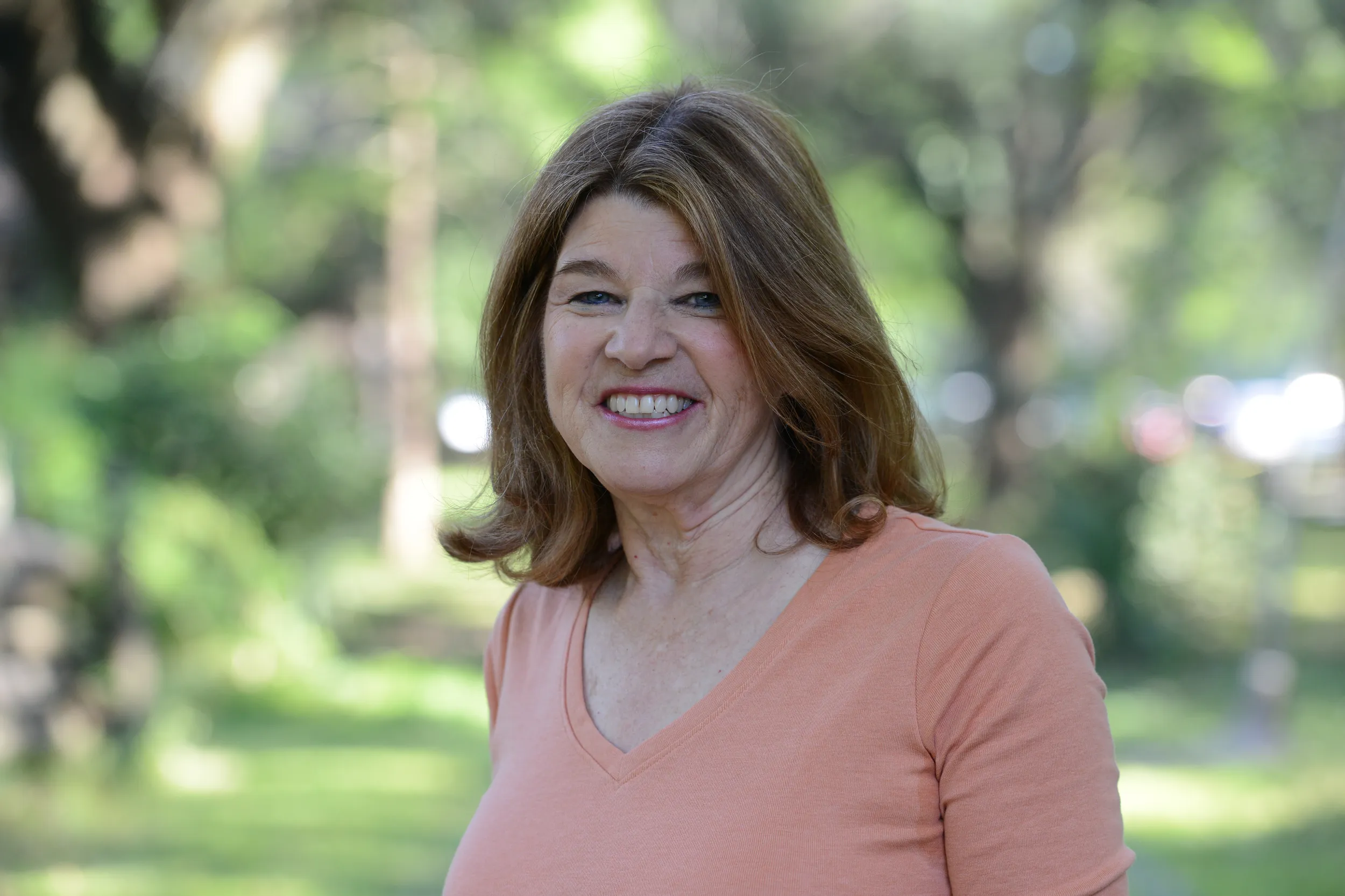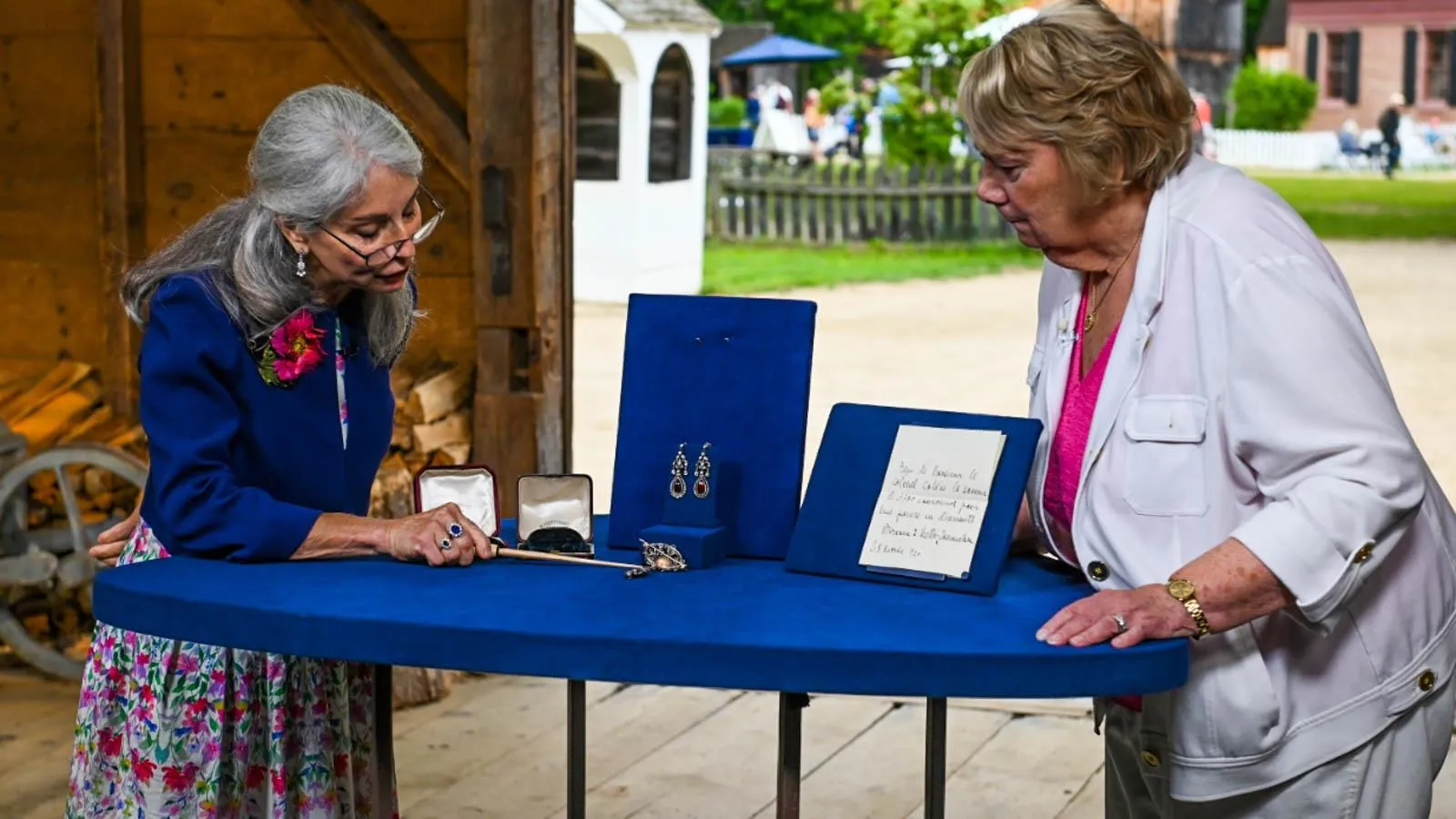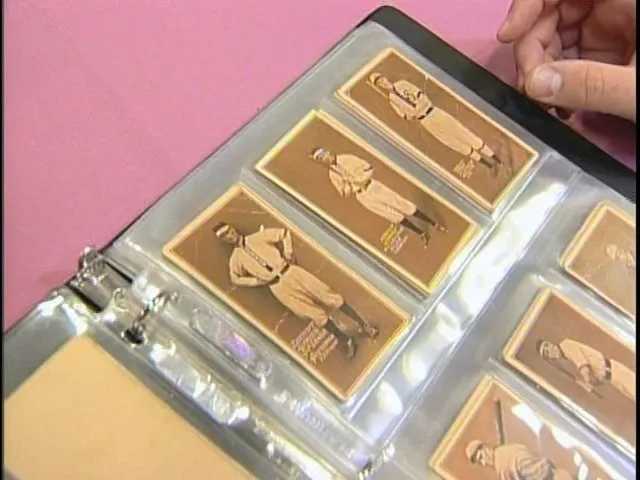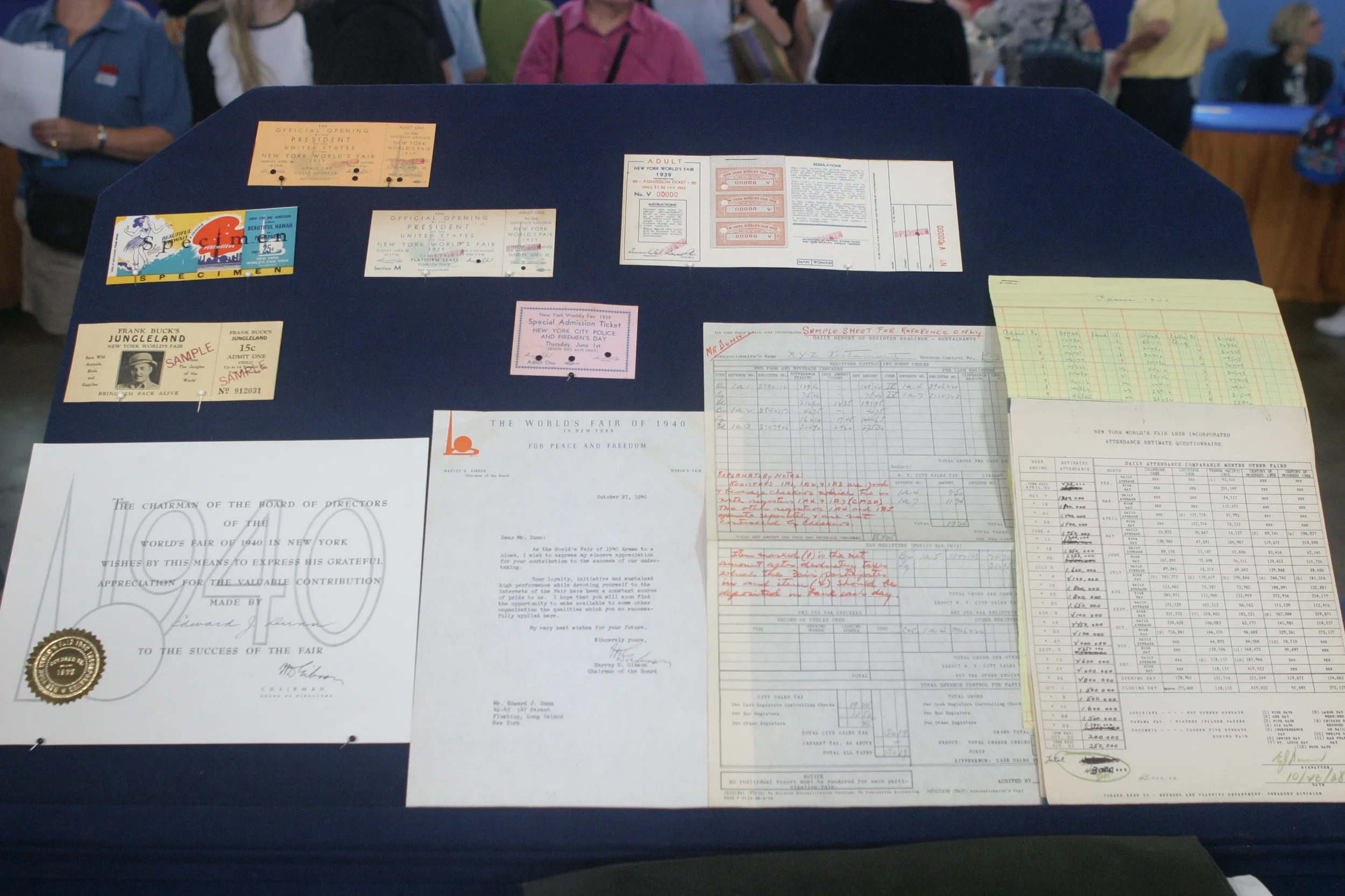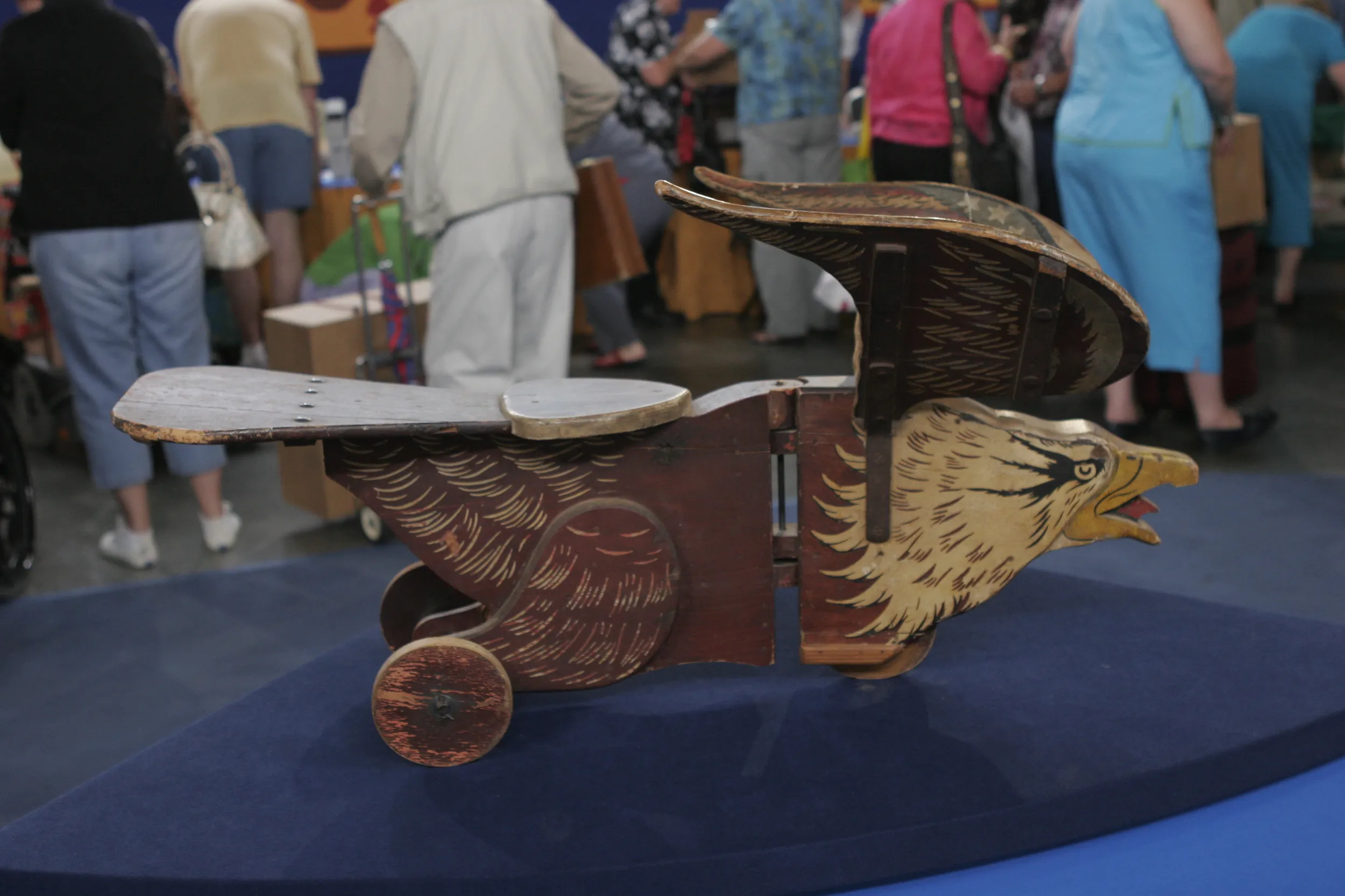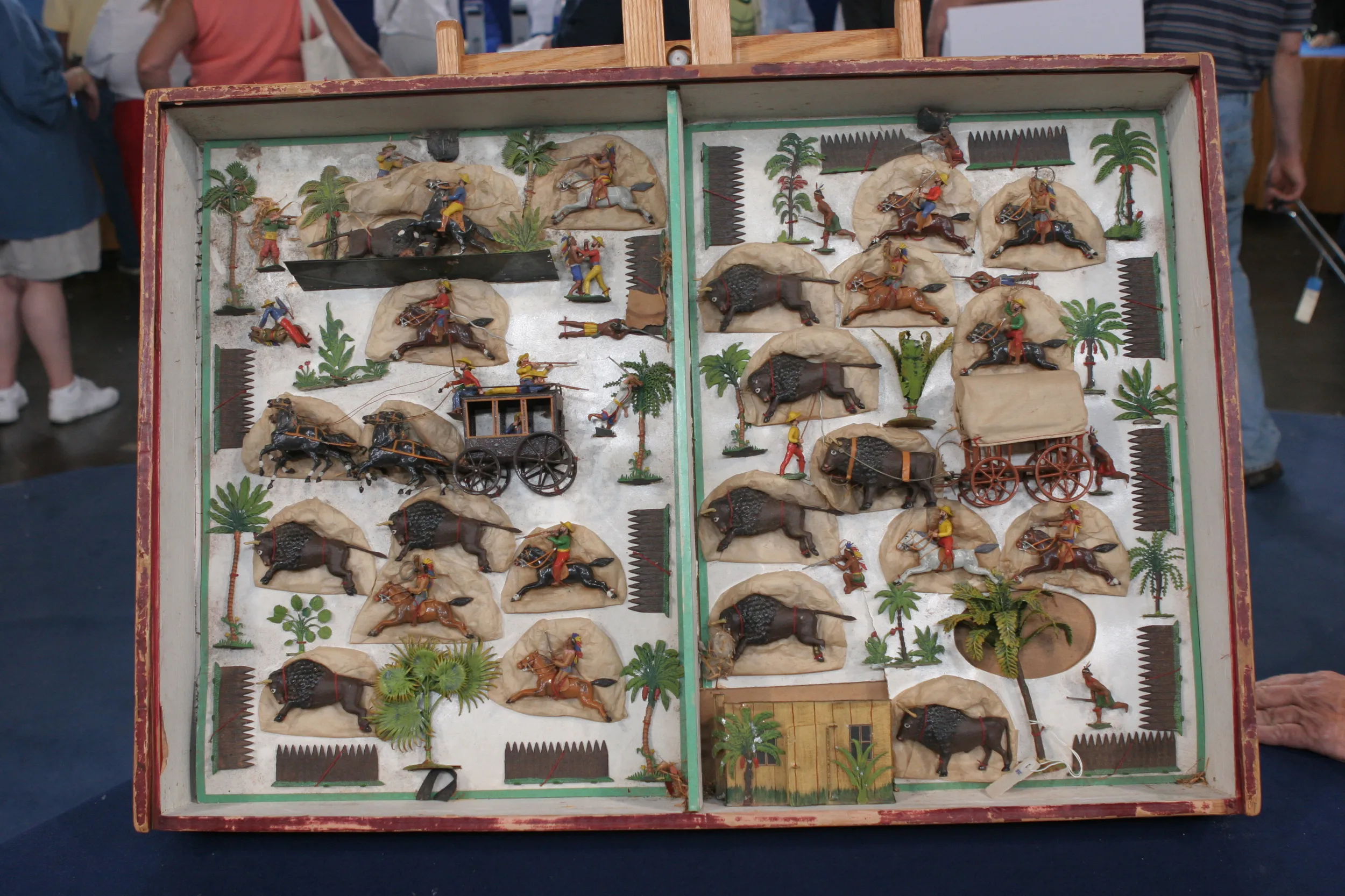GUEST: It is, I thought, the only sled left from the first Iditarod. I'm one of only nine still alive from the first race. I found out later, my friend Dan Seavey has one in the museum in Seward.
APPRAISER: When was the first Iditarod race?
GUEST: It begun in 1973, with the goal of getting the Iditarod Trail commemorated as part of the National Historic Trail system.
APPRAISER: I found that the actual original Iditarod Trail was created largely during the gold rush years in the early 1900s?
GUEST: Yes, it was. It was Seward to the gold rush town of Iditarod. There were trails coming in off of the Yukon from Nome and also from Fairbanks to Iditarod that all became part of the Iditarod Trail. That old trail had not been coursed for over a half century, and it was just... had to be relocated and recreated, and it was one monumental job. Dog teams existed until, uh, the snowmobile came, and all of a sudden, almost overnight, where there were hundreds of thousands of sled dogs across the north, within about a five-year stretch, there were almost none, and we had to do something to save them.
APPRAISER: How did you build this sled?
GUEST: The stanchions are hockey sticks. The rest of it's hickory, and it's all steamed and bent. I designed it, and I got three friends going, and they worked day and day... and night for three days and nights without going to sleep to finish it in time for the race. It got me a thousand miles.
APPRAISER: S...
GUEST: And this was my shelter as well...
APPRAISER: This...
GUEST: I'd jam my snowshoes in the snow...
APPRAISER: Yeah.
GUEST: And put a canvas over it, and I'd sleep inside.
APPRAISER: No!
GUEST: Yeah, at 40, 50 below zero.
APPRAISER: Wow. And the dogs survive very well in lower temperatures.
GUEST: Dogs... Yeah, they're...
APPRAISER: 30 to 50 degrees...
GUEST: The dogs are born to it. They were very well-furred back then, especially.
APPRAISER: How'd you know when the dogs are tired?
GUEST: You just get to know your dogs so well, you know pretty much what they can take. And I would stop every hour on the hour to check their
feet. And then about every three hours, I'd give them a snack, and, and a good meal at the end of a, of a run.
APPRAISER: What was it like when you finished?
GUEST: I was so high, knowing I was actually going to make Nome. My glacier goggles are fogging up. And I thought, "Okay, I'm this close to
Nome. I'm getting sunburned on my... on the left side of my face, frostbitten on the right side, and I'm going snow-blind, but I don't care. I am gonna
make Nome." And I got to Nome, and the whole town would turn out, the fire siren would sound, and the mayor would be there, and it was a hero's welcome to everyone. The whole north was just ignited.
APPRAISER: In the last 50 years, the sleds have gotten much more aerodynamic and not as homemade...
GUEST (chuckling): No.
APPRAISER: much more professionally built, right? But we have this sled here. And as far as I know, and you know, there's only one other sled
that's extant from, from this race, right?
GUEST: Yes, yeah.
APPRAISER: In the museum.
GUEST: Yeah.
APPRAISER: We look at this as a milestone piece. It's from the first Iditarod. There's only one first Iditarod.
GUEST: Only one first race.
APPRAISER: An auction estimate on this would be somewhere in the $20,000 to $30,000 range.
GUEST: Wow. That's impressive.
APPRAISER: I would insure it for at least $40,000.
GUEST: Okay. Okay, that's good information, that's very valuable information to have.
